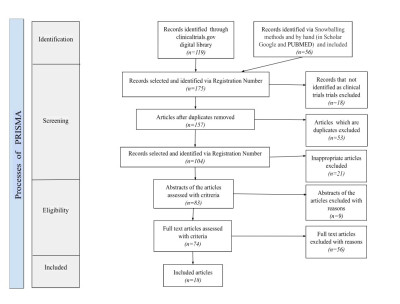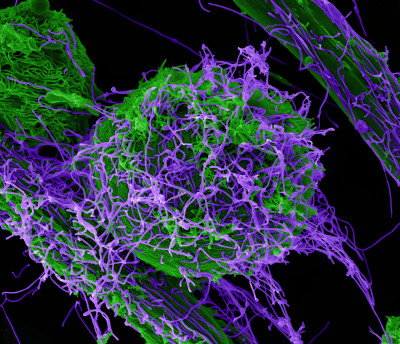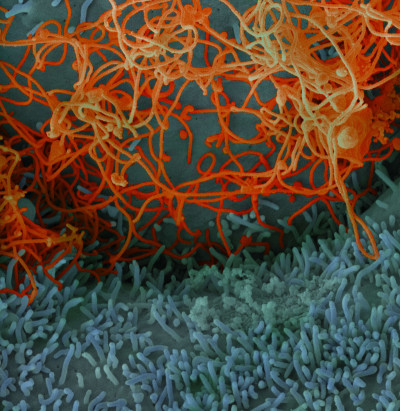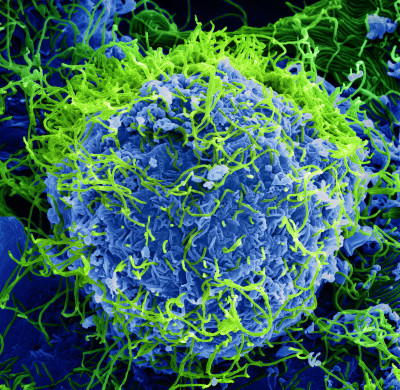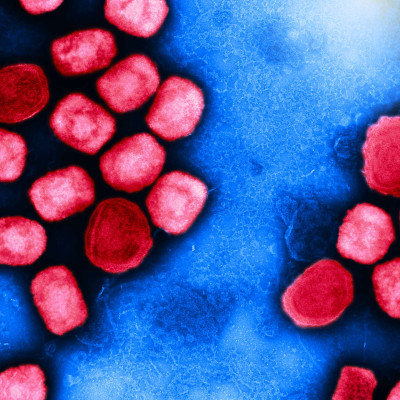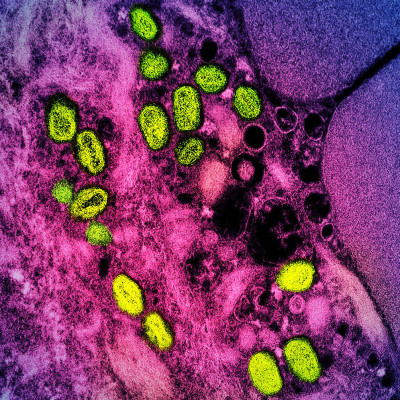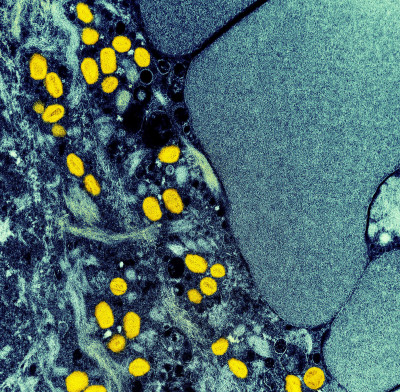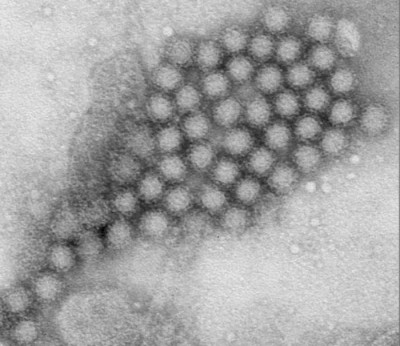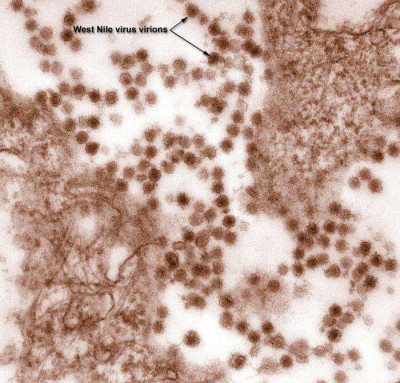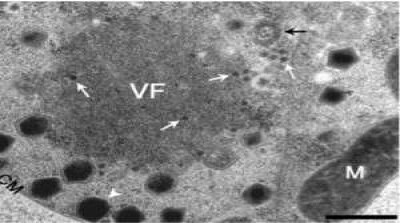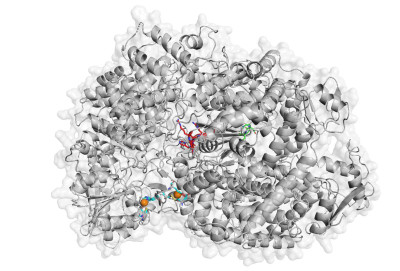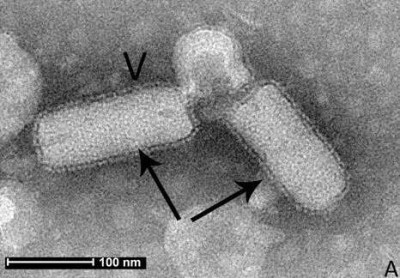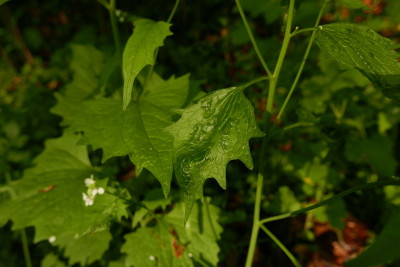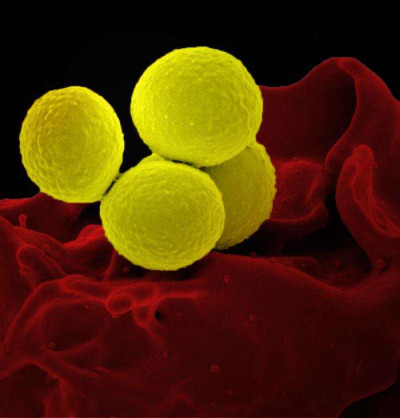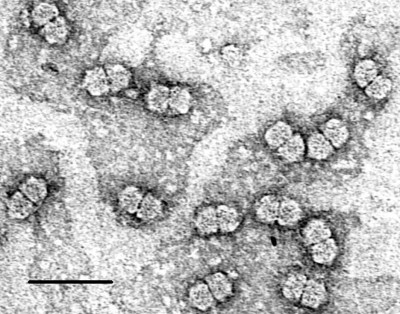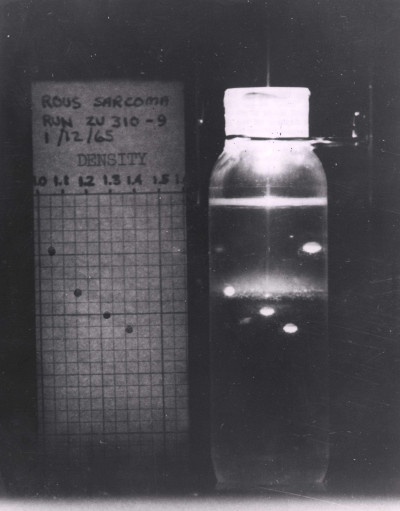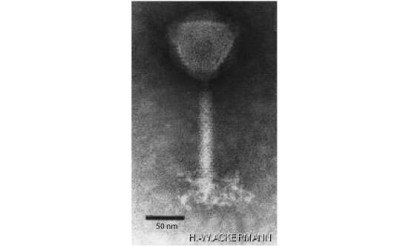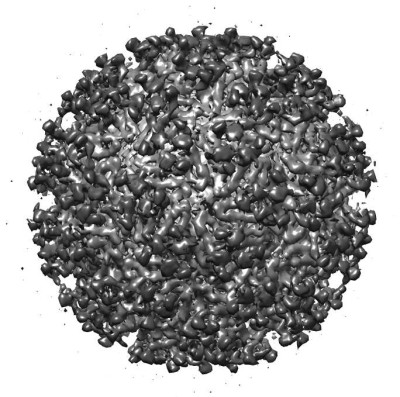Scanning electron micrograph of Ebola virus particles (purple) both budding and attached to the surface of infected VERO E6 cells (green), colorized in Halloween-appropriate colors.
Wikimedia Commons, NIAID
02 Apr 2024
Ebola virus isolated in November 2014 from patient blood samples obtained in Mali. The virus was isolated on Vero cells.
Wikimedia Commons, NAID
03 Apr 2024
Colorized scanning electron micrograph of Ebola virus particles (green) both budding and attached to the surface of infected VERO E6 cells (blue). Image captured and color-enhanced at the NIAID Integrated Research Facility in Fort Detrick, Maryland.
Wikimedia Commons, NAID
03 Apr 2024
Colorized transmission electron micrograph of monkeypox virus particles (red) cultivated and purified from cell culture. Image captured at the NIAID Integrated Research Facility (IRF) in Fort Detrick, Maryland.
Wikimedia Commons, NIAID
07 Apr 2024
Colorized transmission electron micrograph of monkeypox particles (green) found within an infected cell (pink and purple), cultured in the laboratory. Image captured at the NIAID Integrated Research Facility (IRF) in Fort Detrick, Maryland.
Wikimedia Commons, NAID
08 Apr 2024
Colorized transmission electron micrograph of monkeypox particles (yellow) found within an infected cell (blue), cultured in the laboratory. Image captured at the NIAID Integrated Research Facility (IRF) in Fort Detrick, Maryland.
Wikimedia Commons, NAID
08 Apr 2024
This transmission electron micrograph (TEM) revealed some of the ultrastructural morphology displayed by norovirus virions, or virus particles.
Noroviruses belong to the genus Norovirus, and the family Caliciviridae. They are a group of related, single-stranded RNA, nonenveloped viruses that cause acute gastroenteritis in humans. Norovirus was recently approved as the official genus name for the group of viruses provisionally described as Norwalk-like viruses (NLV).
Public Health Image Library
11 Apr 2024
Genome of family Totiviridae.
Wikimedia Commons, ViralZone, SIB Swiss Institute of Bioinformatics
18 Apr 2024
Genome map of Partitiviridae. Segmented linear dsRNA genome: 2 segments encoding potentially for 2 proteins. Segments are about 1.4-3.0 kb each, total size about 4 kb.
ViralZone, SIB Swiss Institute of Bioinformatics
18 Apr 2024
This is a digitally-colorized transmission electron microscopic (TEM) image revealed the presence of West Nile virus (WNV) virions, in an isolate that was grown in a cell culture.
Public Health Image Library (PHIL), Cynthia Goldsmith
18 Apr 2024
VF is the “virus factory,” where replication of CroV occurs. The white arrowhead indicates newly formed CroV particles. The white long-stem arrows indicate mavirus, a virophage that infects CroV.
Wikimedia Commons, Vincent Racaniello
24 Apr 2024
On the structure is a view of the amino acidic Zinc finger motif with Zn (orange ball) and residues of coordination sites in cyan ball and sticks. The GDN active site motif is at a beta hairpin in the palm domainin green ball and sticks. Motifs GxxT and HR are sites of nucleotide binding and of covalent RNA attachment, shown in red ball and sticks.
Wikimedia Commons, Francesco Pettini
10 May 2024
Electron micrograph of rice stripe mosaic virus. Negative-stained sap of infected rice leaves Black arrows indicate the RSMV virions with enveloped. [1]
Wikimedia Commons, Xin Yang, Jilei Huang, Chuanhe Liu, Biao Chen, Tong Zhang, and Guohui Zhou
10 May 2024
Turnip Crinkle Virus (TCV) is a plant virus that primarily affects members of the Brassicaceae family, including turnips, mustard greens, and other cruciferous vegetables. It belongs to the genus Carmovirus within the family Tombusviridae. Infected plants typically exhibit symptoms such as crinkling, puckering, and distortion of leaves, as well as chlorosis (yellowing) and necrosis (death) of leaf tissue. Severe infections can lead to stunted growth, reduced vigor, and diminished yields in affected crops. Symptoms can vary depending on factors such as the plant species, viral strain, and environmental conditions.
iNaturalist
11 May 2024
Produced by the National Institute of Allergy and Infectious Diseases (NIAID), this digitally colorized, scanning electron microscopic (SEM) image depicts four yellow-colored, spheroid shaped, methicillin-resistant, Staphylococcus aureus (MRSA) bacteria, as they were about to be ingested by a much larger, red-colored, human white blood cell (WBC). These bacteria were members of the Los Angeles Clone (LAC) strain of MRSA.
NIAID, Wikimedia Commons
29 Sep 2024
Description: English: Picture taken by Kassie Kasdorf, presently at Plant Protection Research Institute, Pretoria, for the University of Cape Town. In the collection of Professor Ed Rybicki, Dept Molecular & Cell Biology, University of Cape Town, and copyrighted by him.
Wikimedia Commons
23 Apr 2024
The band recovery apparatus is one of a family of new instruments and equipment developed to attack the problems of concentrating, detecting and recovering virus particles in a high state of purity.
Wikimedia Commons, U.S. Department of Energy
02 Feb 2024
Electron microscopic image of a virion from the genus Okubovirus (formerly Spounalikevirus).
ViralZone, SIB Swiss Institute of Bioinformatics, Wikimedia Commons
01 Mar 2024
CryoEM reconstruction of the Everglades Virus. Electron Microscopy Data Bank (EMDB) entry EMD-5563.
Wikimedia Commons, A2-33
11 Mar 2024
 Encyclopedia
Encyclopedia
